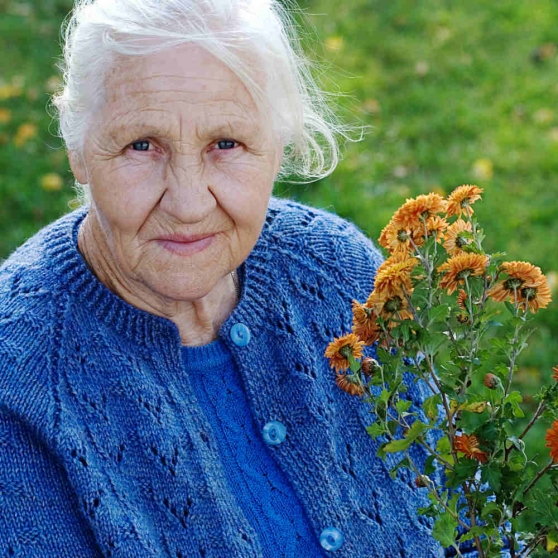Health Risks Seniors Should Be Aware Of
Osteoporosis is a condition characterized by low bone density, which increases the chance of serious injury after events like a fall. Age is a risk factor for the osteoporosis, and more than half of all women over 50 are expected to break a bone due to the disease. Conditions like IBS, cancer and diabetes increase the risk for bone loss, as do some medications for seizures, depression and gastric reflux. To help lower your risk for osteoporosis, experts recommend that you exercise regularly and eat a diet rich in calcium and vitamin D. Osteoporosis-related fractures most commonly occur in the hips or spine, which often require surgery and extended physical therapy. There are generally no early signs of bone loss, so talk with your doctor if you have a family history of hip fractures in older age.
NPR, “Obesity Stokes Rheumatoid Arthritis With More Than Just Extra Weight” Arthritis Care & Research, “Contribution of obesity to the rise in incidence of rheumatoid arthritis.” University of Rochester Medical Center, “Senior Health - Top 10 Most Common Health Issues” CDC, “Adult Overweight and Obesity” CDC, “Adult Obesity Facts” CDC, “Prevalence of Obesity in the United States, 2009–2010” CDC, “10 Leading Causes of Death by Age Group, United States – 2010” CDC, “Key Facts about Influenza (Flu) & Flu Vaccine” CDC, “People at High Risk of Developing Flu–Related Complications” CDC, “HIV/AIDS and the Flu” CDC, “Alzheimer's Disease” CDC, “Calcium and Bone Health” MedlinePlus, “Osteoporosis” Joint, bone, spine, “Severity of osteoporosis: what is the impact of co-morbidities?” Mayo Clinic, “Diabetes - Causes” Mayo Clinic, “Diabetes - Complications” Urology, “Prevalence of overactive bladder and associated risk factors in 1359 patients with type 2 diabetes.” Neurourology and urodynamics, “Overactive bladder in diabetes: a peripheral or central mechanism?” CDC, “2011 National Diabetes Fact Sheet” CDC, “Cancer” National Institute of Aging, “Cancer” National Institute of Aging, “Cancer Facts For People Over 50” Urology, “Maximizing the Treatment of Overactive Bladder in the Elderly” CDC, “Falls Among Older Adults: An Overview” Multiple Sclerosis Journal, “Risk factors for falls in multiple sclerosis: an observational study” Annals of the Rheumatic Diseases, “Fall incidence and fall risk factors in people with rheumatoid arthritis” Mayo Clinic, “Hip fracture” CDC, “Arthritis” CDC, “Rheumatoid Arthritis” Illinois Department of Public Health, “Arthritis and Injury” Mayo Clinic, “Shingles” CDC, “Shingles Vaccine” CDC, “Healthy Vision” National Eye Institute, “Age-Related Eye Diseases” Mayo Clinic, “Glaucoma” Mayo Clinic, “Macular Degeneration” Mayo Clinic, “Cataracts” NIH Senior Health, “Stroke” NIH Senior Health, “Stroke: Risk Factors” Mayo Clinic, “Heart Disease” Mayo Clinic, “Stroke” Neurological Research, “Risk of vascular disease in patients with multiple sclerosis: a review.” CDC, “Aging - Depression” Mayo Clinic, “What does the term "clinical depression" mean?” Courtesy of Yuri Arcurs | Dreamstime Courtesy of Dmitriy Shironosov | Dreamstime Courtesy of Monkey Business Images | Dreamstime Courtesy of Alvera | Dreamstime Courtesy of Artanika | Dreamstime Courtesy of Robert Kneschke | Dreamstime Courtesy of Captblack76 | Dreamstime Courtesy of Kurhan | Dreamstime Courtesy of Alexander Raths | Dreamstime Courtesy of Kentannenbaum | Dreamstime Courtesy of Hongqi Zhang (aka Michael Zhang) | Dreamstime Courtesy of Paul Michael Hughes | Dreamstime Courtesy of Monkey Business Images | Dreamstime Courtesy of Ruslan Huzau | Dreamstime

